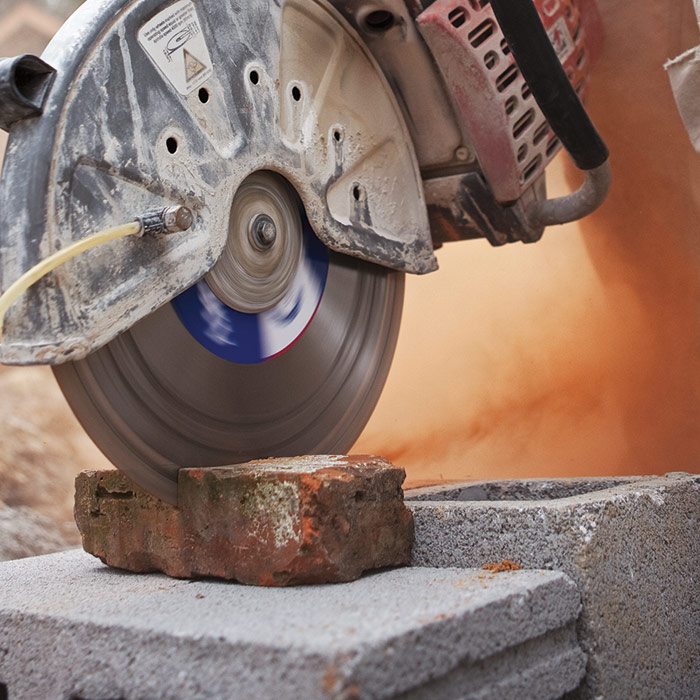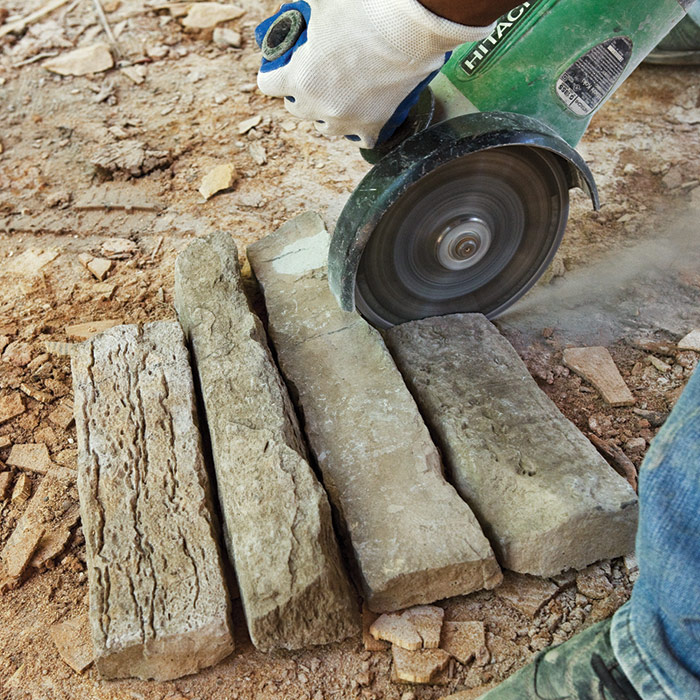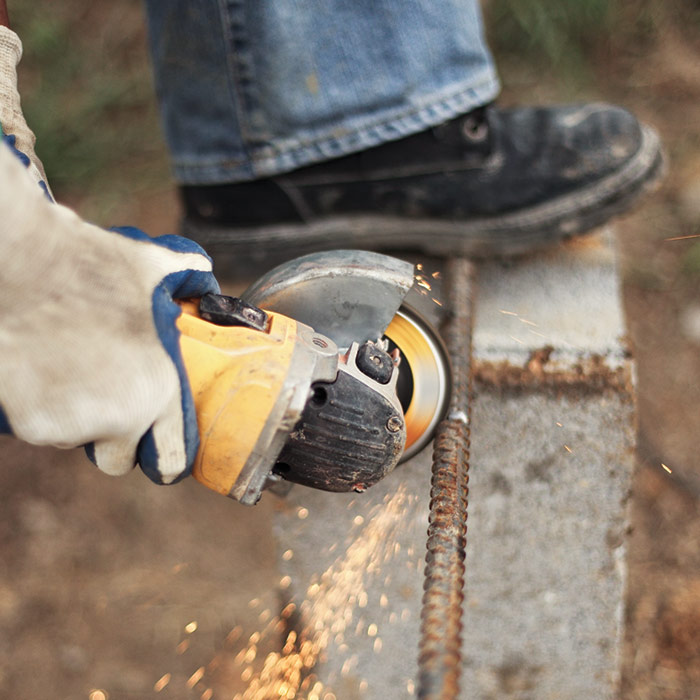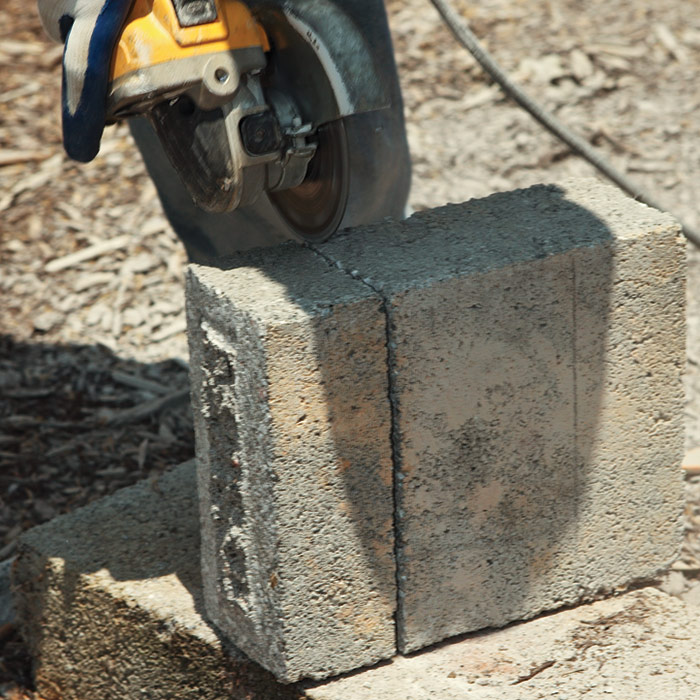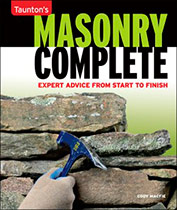Cutting Tools for Stone, Brick, and Concrete
Stonemason Cody Macfie shares safe and effective techniques for making clean cuts with circular saws and angle grinders.
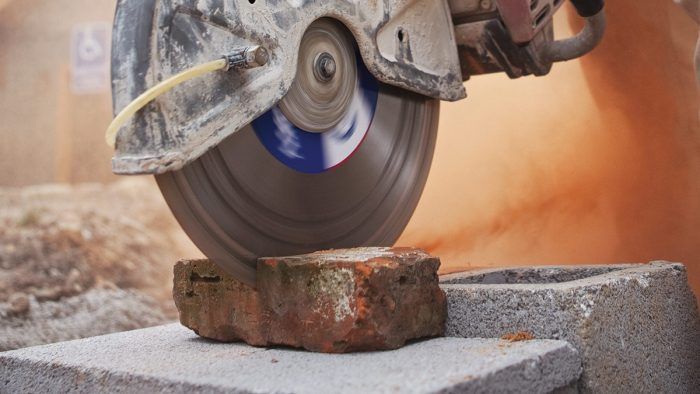
There are several different tools used to cut masonry. The most common are angle grinders and circular saws fitted with diamond-embedded masonry blades. If you plan to cut more than just a few stones, buying these blades is more economical than renting because rental stores charge a lot of money for wear and tear on rented blades. The same tool you use to cut masonry can be fitted with a metal-cutting abrasive blade to cut rebar, as well as any other type of steel or metal, such as angle iron or lath.

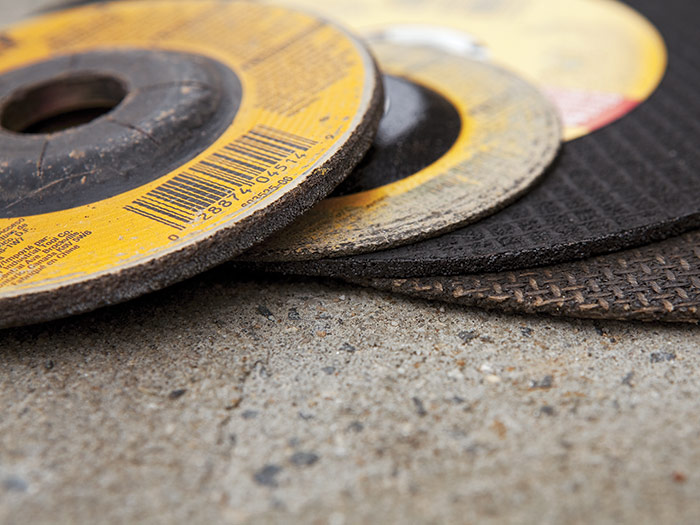
There are two main types of circular saws: a gas-powered saw with a 14-in. blade, and an electric saw with a 7-in. blade. I prefer the gas-powered saw: You don’t have to worry about the cord getting in the way, the saw will cut just about anything, and the blade size allows you to cut large stones or concrete. Gas-powered saws are expensive, so consider renting one if you don’t anticipate making too many cuts. Electric circular saws are smaller, easier to handle, and less expensive to buy or rent. Both types of saws create a considerable amount of dust. Most gas-powered saws have a fitting that allows you to connect to a water hose to reduce dust.
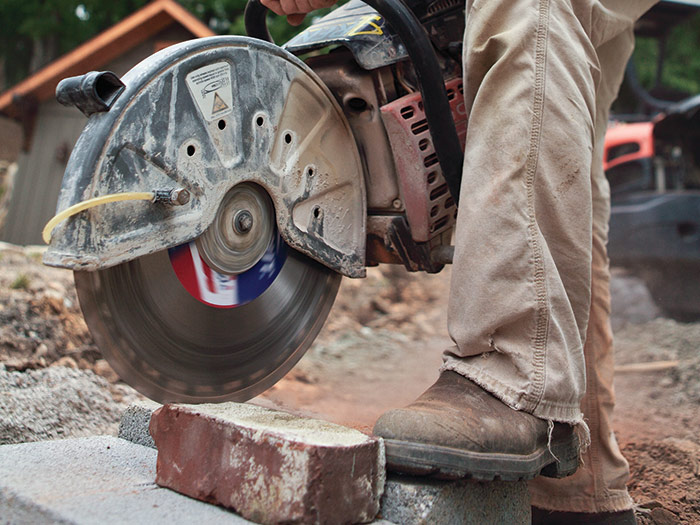
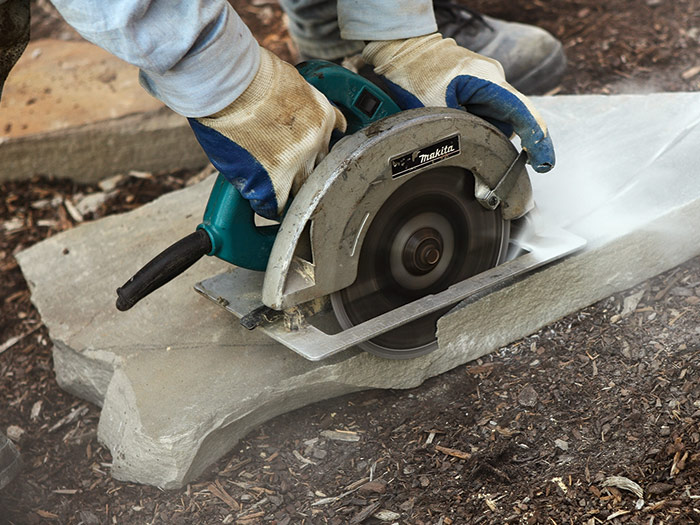
Angle grinders are much less expensive, but they don’t have the power of larger saws. A grinder fitted with a 4-in. masonry blade will come in handy if you are cutting brick or manufactured stone or making small cuts in natural stone or block. Larger angle grinders can be fitted with an 8-in. blade.
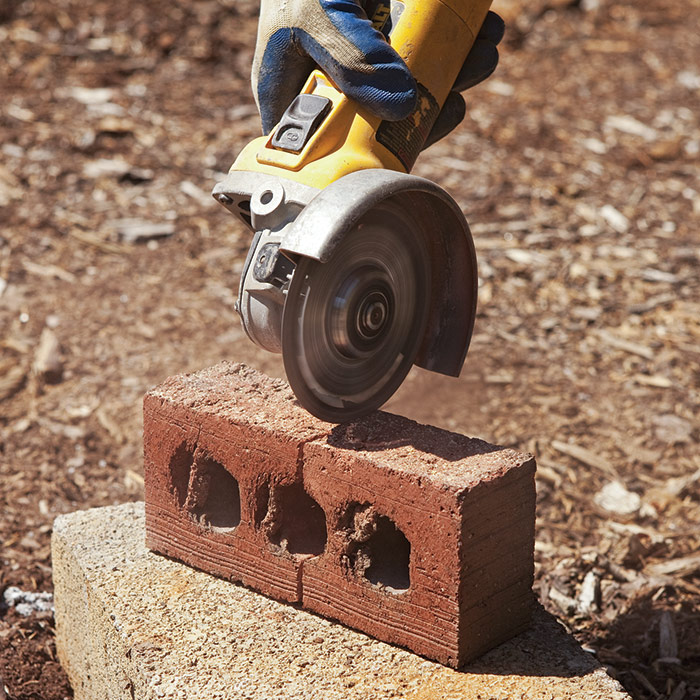
A wet saw, typically used for cutting tile, is a good tool for cutting brick and manufactured stone. Wet saws can be rented from your local home improvement store. Elevating them on a table makes the cutting process a little more comfortable, and most models have a convenient slide table that helps make precise cuts. Wet saws also circulate water over the blade, which eliminates much of the dust.
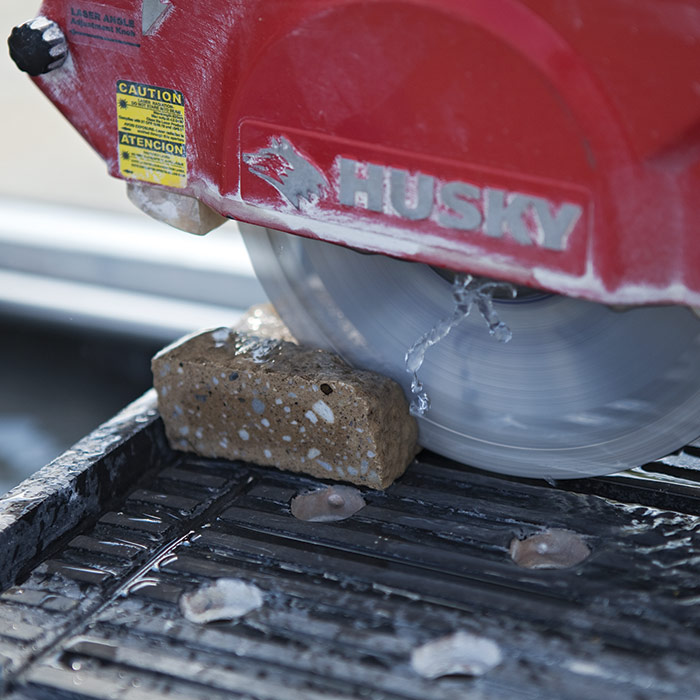
A brick splitter is a medium-size tool that will split brick and soft stone, such as sandstone. Consider renting one if you have a lot of cutting to do, especially if you need to keep the dust to a minimum.
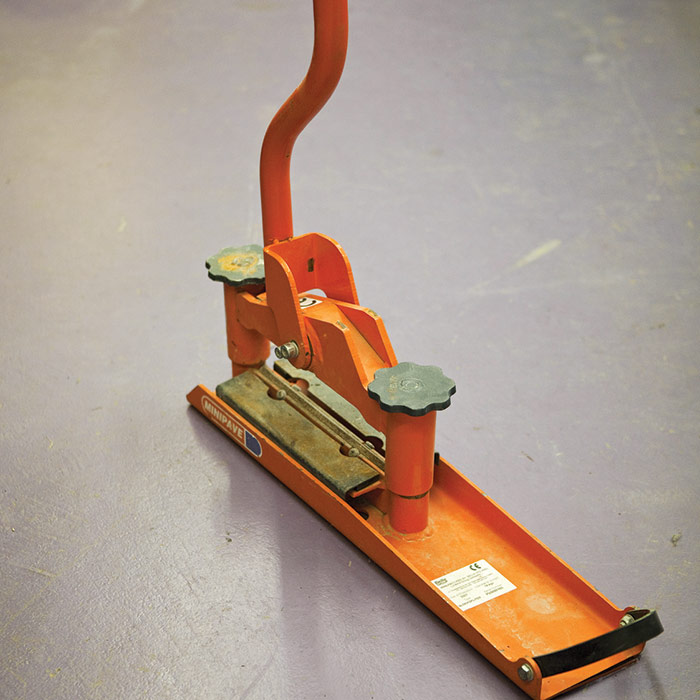
Excerpted from Masonry Complete (The Taunton Press, 2012) by Cody Macfie
Available at Amazon.com.

